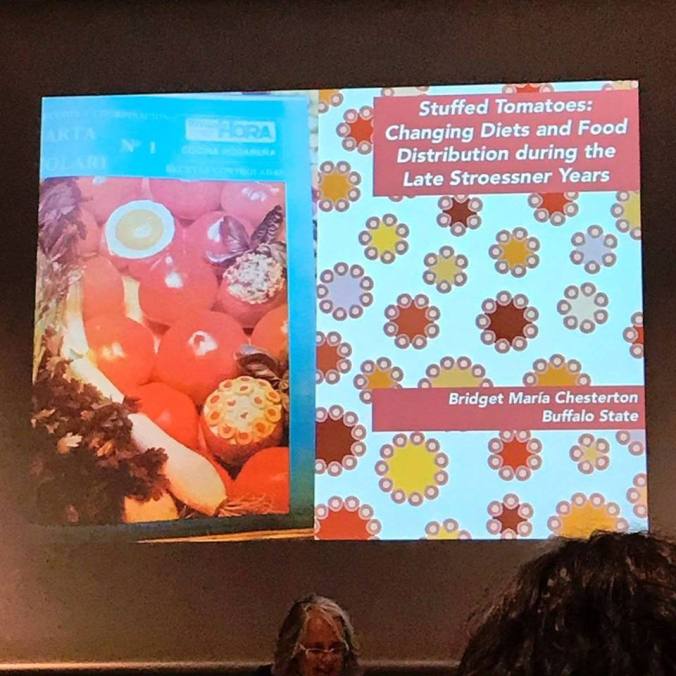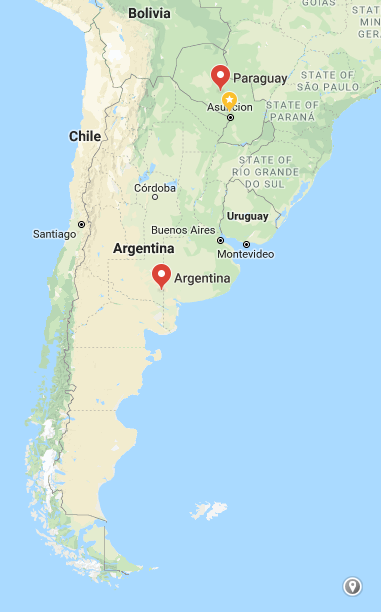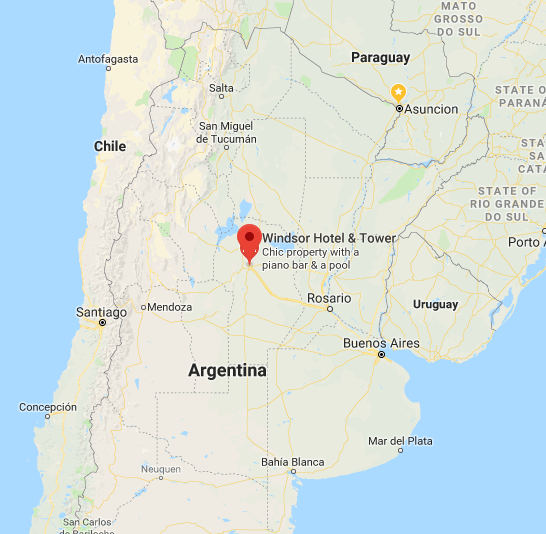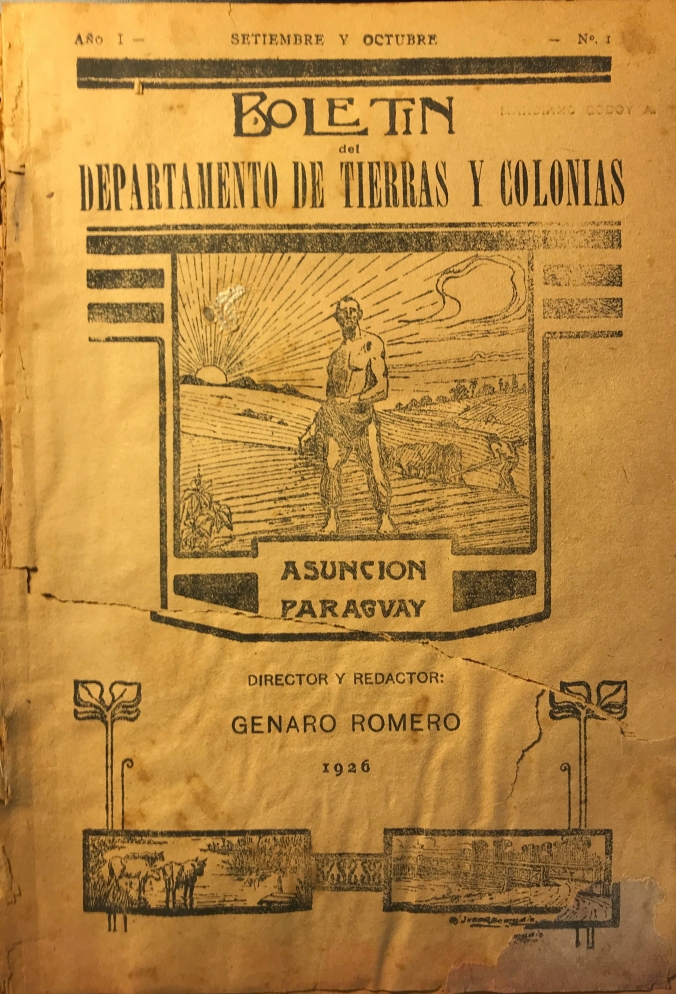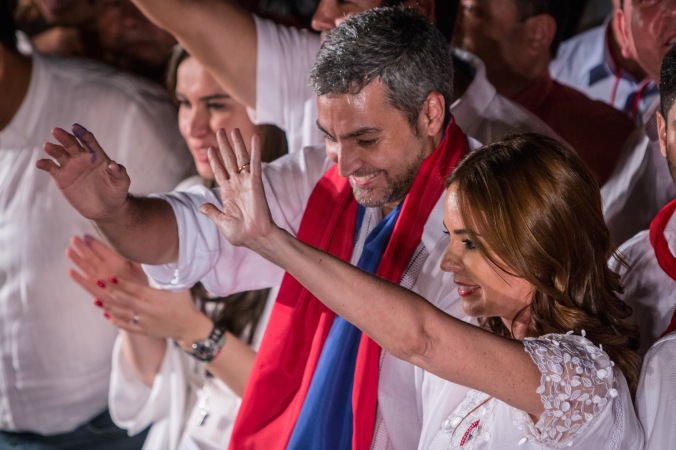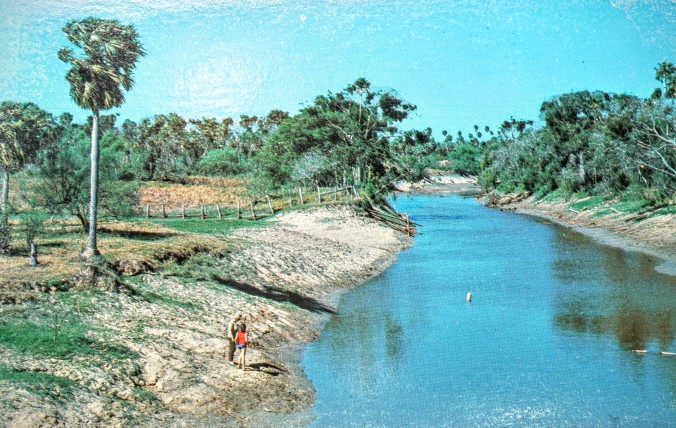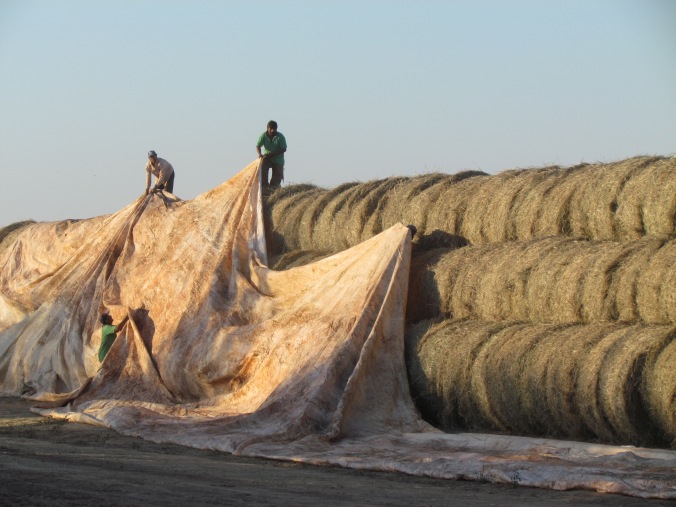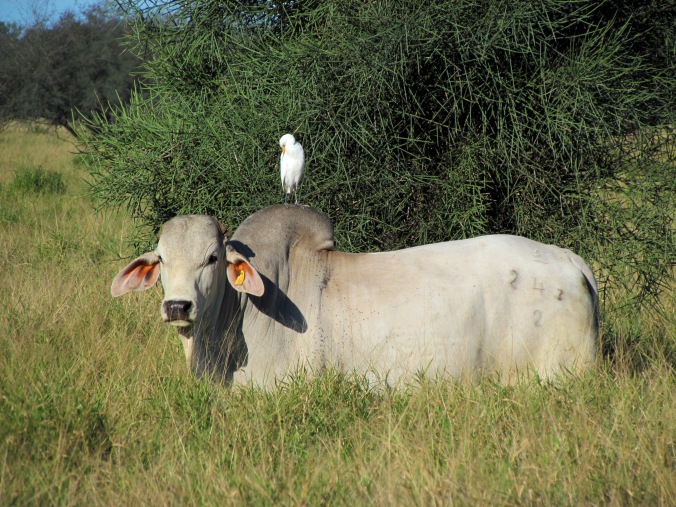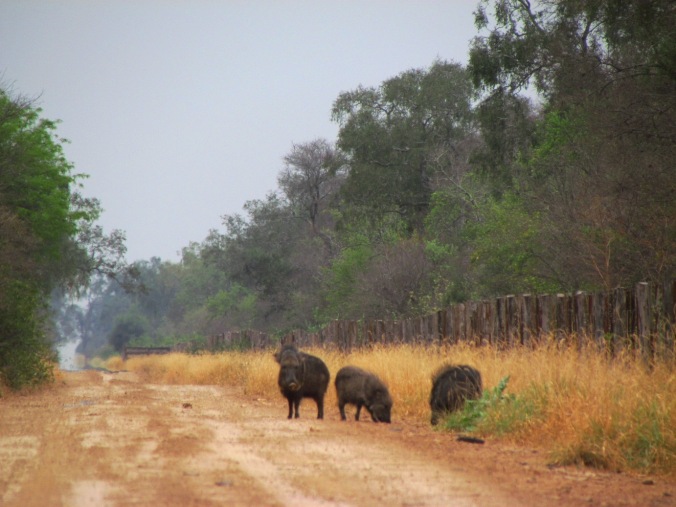“The Guaraní Territory”
Recently, a good article about Paraguay’s centrality in the a “Guaraní Territory” entitled “First Take: Shaping the Guarani Territory” was published by ReVista: Harvard Review of Latin America by Jorge Silvetti and Graciela Silvestri. Focusing on common linguistic, cultural, geographic, and historical similarities of the region the article offers an excellent historiographic argument for studying the region as a whole rather than through the lens of national historiography. This is a point that I cannot disagree with at all. It is a position that I strongly agree with and one that I have sought to engage with in my own published works.
Overcoming Nationalism
Nevertheless, nationalism continues to plague the historiography of Paraguay and the region. This is particurally true in Paraguayan historiography itself that has, for at least the past 100 years, argued for Paraguayan linguistic, cultural, geographic, and historic exceptionalism – exactly the points that the Jorge Silvetti and Graciela Silvestri take aim at. An important paper that address this issue in Spanish – in my opinion – is Lorena Soler’s article. In this well thought out essay, she narrates the myth of Paraguay’s “desconociemiento [unknowness]” or “excepcionalidad [exceptionalism].” As a student of the Chaco War era for the past 15 years of my life, Soler’s statement that “the Chaco War [along with the Paraguayan War (1864-1870)] has had political and economic consequences that are still being felt in [Paraguay’s] neighboring countries” rings true. (As a side note the strong evidence of national historiography always comes to the fore when Argentine historians date the Paraguay to 1865 – the beginning of its military participation.) Yet, strong Paraguayan nationalism (and Argentine, Brazilian, and Bolivian), combined with belief of Paraguayan exceptionalism, and the notion that it is too “exotic” to be known or connected to the region more broadly continue haunt the regional historiography and social science literature
I have hope that this might be changing.
The Paraguay “Guazú”
At an AHA conference in Washington DC in January 2015 Michael Huner organized a panel for the Rio de la Plata Subsection of the Conference on Latin American History entitled “Borderlands and Common Cultures: Transnational Histories of the Rio de la Plata.” I was invited to participate and gave a paper entitled “Paraguay Guazú: Larger than It’s National Boundaries. (Guazú means “big” in Guaraní.) In the presentation at the AHA I argued that Paraguay is a “big” borderland. I noted that this is how Paraguay should be studied. That with Brazil, the Paraguayans and the Brazilians encountered each others language/culture/politics/and environmental challenges (to name a few). I also noted that with a large territorial holding in the South American Chaco, Paraguay bordered and encountered its Andean cousins. In Argentina (specifically Corrientes), the Paraguayan/Argentines are more than cousins, they are siblings. These political, economic, and what I consider “familiar” relationship has meant – to me at least – that Paraguay should be studies as a Paraguay “guazú.” Works that I have participated in including the new edited volume Big Water: Environment, Belonging, and Development in the Borderlands of Brazil, Argentina, and Paraguay (where I have a chapter) are part of a small, but growing body of literature that move beyond the national (and the exceptional) in the region.
The Southern Cone
This year in Barcelona at the Latin American Studies Association conference, over a few glasses of wonderful local wine, a historian of Southern Brazil, Glen Goodman, a historian of Argentina, Ben Bryce, and myself also asked the same question, but in a different way: What is this “Southern Cone” (Chile and Patagonia included here) that academics speak/write of and how can we (or should we) use it as a method of understanding the region? To be fair, Glen, Ben, and I did not exactly come to any specific conclusions, but the conversation was certainly not unique. What is becoming increasingly clear to me, is that historians – and to be fair other social scientists as well – are challenging the notion that Paraguay and nations of the region are to be studied independently. My own edited volume on the Chaco War that considers the War in a Bolivia/Paraguay context, the Rebekah Pite‘s future project on regional Yerba Mate, and many more future projects that I do not even know about along with papers written by Silvestri/Silvestre need to be read. Specifically I wish that the work of Soler gets more attention – and citations – that the conversation organized by Mike Huner at the AHA continue, and the question that Glen and Ben continue to be asked.
I must say that there is not more of an exciting time to be a “Paraguayan Guazú-ist” than now.
Bridget María Chesterton
Professor of History
Buffalo State
